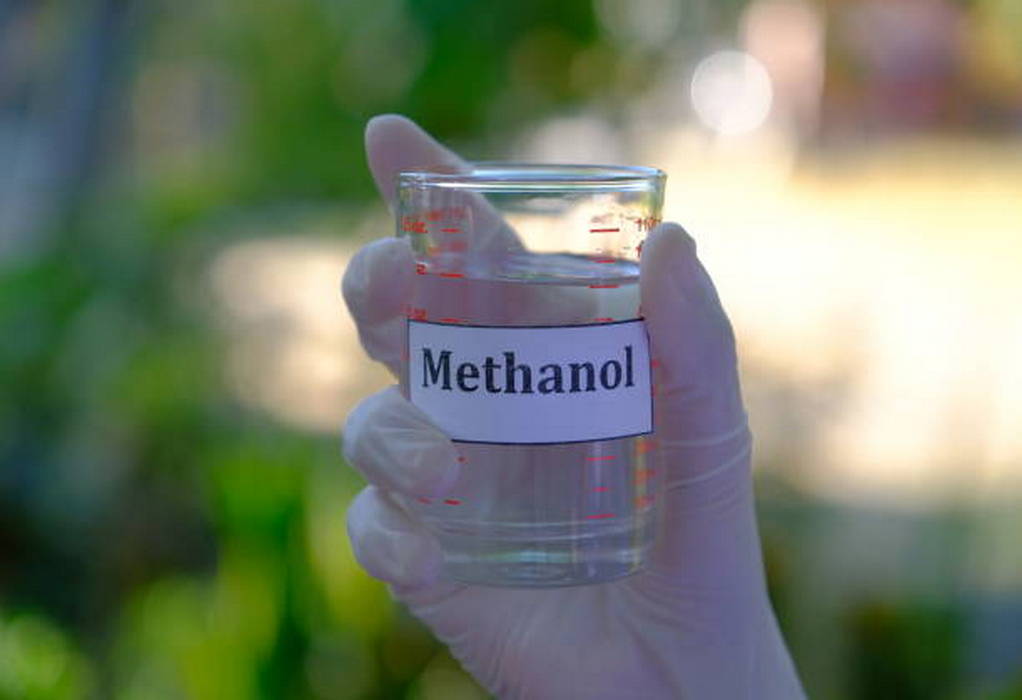Researchers at Stockholm University have for the first time been able to study the surface of a copper-zinc catalyst when carbon dioxide is reduced to methanol. The results are published in the scientific journal Science. A better knowledge of the catalytic process and the possibility of finding even more efficient materials opens the door for a green transition in the chemical industry.
Methanol is currently one of the most important petrochemical basic chemicals, with an annual production of 110 million metric tons, and can be converted into tens of thousands of different products and used for the manufacture of, for example, plastics, detergents, pharmaceuticals and fuels. Methanol also has the potential to become a future energy carrier where, for example, aviation fuel can be produced using captured carbon dioxide and hydrogen from electrolysis of water instead of using natural gas. A future green transformation of the chemical industry, similar to the one with green steel, where wind or solar energy drives electrolytic cells is therefore a possibility.
Source: https://phys.org/news/
Tags: Carbon dioxide, Chemical Industry, Methanol, Stockholm University



Recent Posts
Hyundai Glovis to Retrofit Seven PCTCs with Avikus AI Navigation System
Super Terminais orders three more Konecranes Gottwald ESP.10 Mobile Harbor cranes
Covestro and HGK Shipping Extend Partnership to 2040 with Focus on Wind-Assisted Vessel Retrofit
Artemis Technologies Successfully Demonstrates 100 Percent Electric Crew Transfer Vessel at Aberdeen Offshore Wind Farm
IACS Council Advances Decarbonisation, Digitalisation and Governance Priorities at C91 Meeting in Beijing
Japan Launches Major R&D Project to Advance Shipbuilding with Alternative Fuels
EU Adopts Emissions Standards for Low Carbon Hydrogen to Bolster Clean Energy Market
Trafigura to Implement ZeroNorth’s AI Platform Across Global Fleet